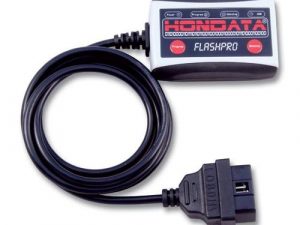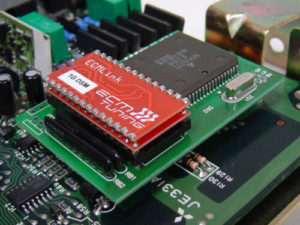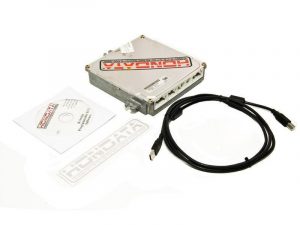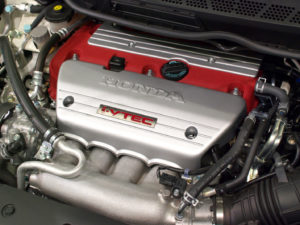| 1989 Suzuki Swift GT information. I own one of these cars personally and am providing this information based on my own research and development.
XDF Info
The below is XDF information for the software TunerPro RT, this definition information allows the stock ROM to be edited, one of the better ways to do this is with an EEPROM emulator, like that from Moates. The stock ROM will be unsoldered and in its place a ribbon cable leading to an emulator will be installed. That emulator will connect to a PC via a USB cable. It could be external to the ECU like the Ostrich was, or it could be internal like the new Demon 2 is. The PC will run TunerPro RT and connect to that emulator, and can then live edit the ROM, provided the stock ROM tables locations and functions have been defined, as the ROM now exists in the emulator. That is the purpose of this file. This definition file has a significant amount of tables, and represents several hundred hours of work with a 1989 Suzuki Swift F3 Canadian ECU. A special thanks goes to contributions made by James H. and Seth S. as well. It has been noted that other Hitachi ECUs for the swift, like the F5/I3 and other series ECUs use similar tables as well, but that sometimes the primary and secondary roles are swapped for fuel/ignition/knock tables that are redundant.
There are 10 categories of tables that I have setup in this XDF:
Category 1 is proven/test and working, function as labelled.
Category 2 are back up tables, or tables with “secondary” effects. These are the tables that can swap with primary tables on some ECUs.
Category 3 are Coolant related tables whose function has not been proven, but track with ECT.
Category 4 are read during a startup only, whose function has not been proven.
Category 5 are likely scaling tables whose function has not been proven.
Category 6 are idle related tables whose function has not been proven.
Category 7 are tables that track with RPM whose function has not been proven.
Category 8 are tables are likely scaling related… but again, whose function has not been proven.
Category 9 tables, are the ghosts within the machine. They track, they have purposes, their curves are random, edits to their values result in random things. Definitely important, but still un-determined, function has not been proven.
Category 10 tables never track, I am unable to see any “reads” in them, they appear to go straight to Ram, and I do not know their purpose, yet. This XDF will be updated from time to time as more discoveries are made. The next step is to decompile the ROM and decode the references to the above unknown tables to gain more functions. I have noted that @ 70% load the ECU will switch into WOT enrichment, I would love to find the coding for that function in the future to change that point. EDIT: Found! Now in Category 1 are WOT enrichment as well as CL/OL load cut off points.
Its also important to note that the numbers in the MAF determine the “load”. Not just TPS, its a combination of both. This might sound obvious but to clarify the issue, a MAF curve that is not correct can result in 100% load almost all the time, even if the fuel tables have been adjusted for perfect AFRs. Something to keep in mind.
Included within the below download link options:
Etunez Suzuki F3 64B3 Revision 87.xdf
The below dyno tuned file “SuzukiSwiftF3GTICRC.Rev17Dyno.bin” is for the G13B engine on a F series ECU with a stock MAF, proper set and zero’d timing, an intake, genie header and an 2-2.5″ exhaust.
The below dyno tuned file “SuzukiSwiftF3GTICRC.Rev58Dyno.bin” is for the G13B engine on a F series ECU with a Nissan 3″ MAF, Nissan K24a TB, and TPS, along with proper set and zero’d timing, an intake, genie header and an 2-2.5″ exhaust.
|
















